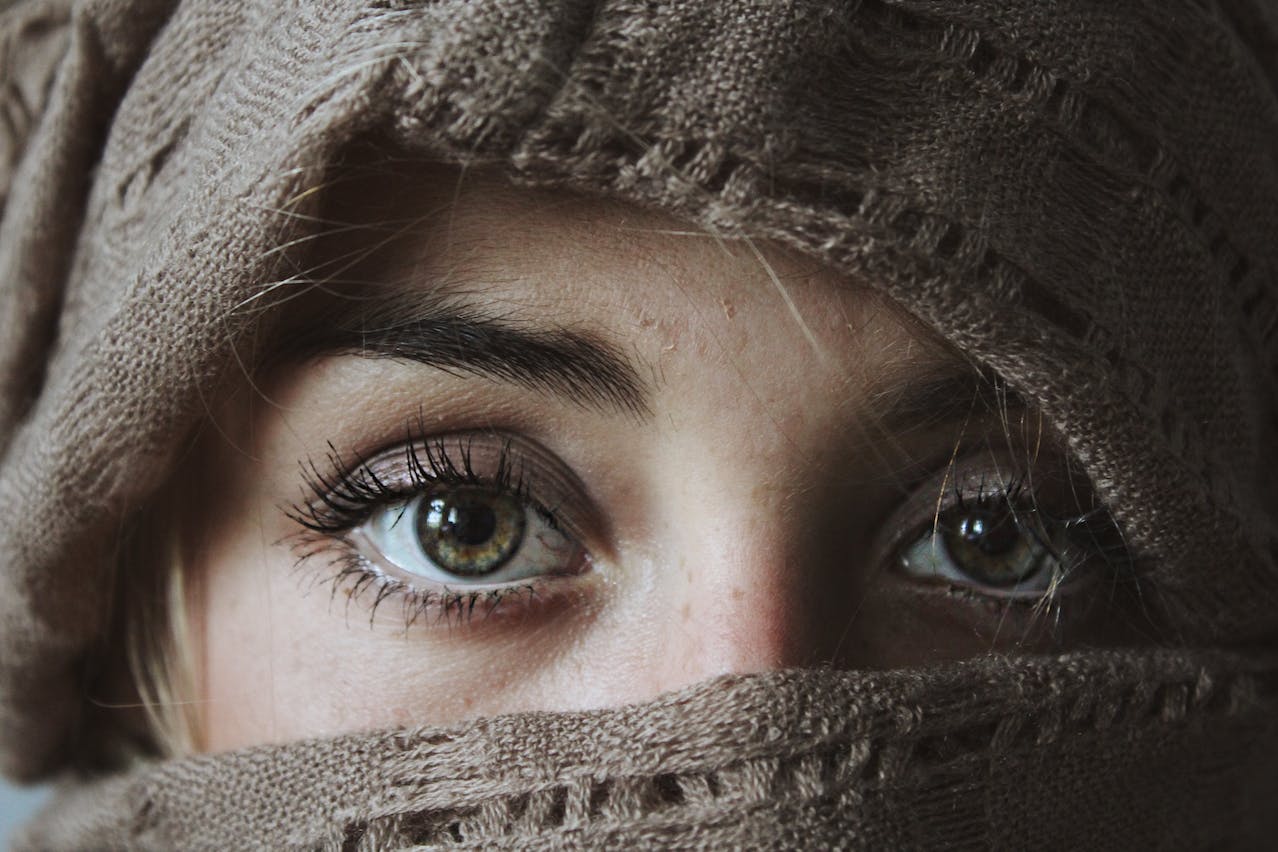The 1920s marked a significant era of liberation and revelry in America post-World War I and the Spanish Flu pandemic. The landscape was transformed, shedding societal norms as people embraced freedom. Among the myriad eccentric trends emerged the perplexing craze of dance marathons, initially seen as harmless but evolving into something much darker during the Great Depression.
Origins and Evolution of the Dance Marathons
New York’s Alma Cummings set the stage with a 27-hour waltz, triggering a nationwide frenzy. Dance marathons mushroomed in diverse locales, establishing a simple rule: couples had to keep moving on their feet, barring any knee-touching-the-floor blunders. The events transformed into endurance spectacles with live music, brief hourly breaks, and even couples multitasking through everyday chores while dancing.
Despite the marathon fatigue, thousands flocked to witness the spectacle, paying a mere 25 cents for the entertainment. To sustain excitement, organizers introduced innovative elements like increased tempo, audience involvement, and peculiar activities. Marathons devolved into a peculiar blend of reality and fiction, exploiting contestants for dramatic effect and commercial gain.
A tale of superhuman endurance unfolded as Callum DeVillier and Vonnie Kuchinski danced relentlessly for a staggering 157 days, earning accolades and a monetary reward. Despite their incredible feat, recognition evaded them, revealing a bizarre twist in the marathon’s documentation.
The Gruesome Reality of Dance Marathons
What began as a quirky amusement morphed into a nightmare as contestants faced severe physical and mental hardships. Instances of collapsing, hallucinations, and tragic deaths marred these events, leading to legal prohibitions and moral outcry across various cities.
With meager rewards, participants subjected themselves to extreme hardships, offering a temporary respite for desperate Americans. The dance marathons mirrored the desolation and despair of the Depression, where both participants and viewers grappled with dire financial situations.
As World War II loomed, the dance marathon trend dwindled, fading into obscurity until the ’70s film adaptation of “They Shoot Horses, Don’t They?” revived interest. The concept reemerged in universities as charity fundraisers, offering a less strenuous yet engaging iteration.
The Dark History and Ban on Dance Marathons
Despite their initial allure, dance marathons took a tragic turn due to the adverse effects of prolonged sleep deprivation. In 1923, the collapse and death of a 27-year-old participant, Homer Morehouse, triggered immediate bans in cities like Boston and Los Angeles, unveiling the grim side of these events.
During the Great Depression, these marathons served as a means for participants to secure necessities such as food and shelter. They became a haven amidst the economic turmoil, providing sustenance and shelter to those in dire need, fostering a bizarre juxtaposition of entertainment and survival.
The impact of dance marathons wasn’t limited to entertainment. Donations from these events bolstered local hospitals, funding crucial treatments, and pediatric medical equipment, and easing the strain on families during difficult hospital stays. However, the controversial nature of these marathons garnered attention due to their ethical and moral implications, particularly in exploiting dire circumstances for entertainment value.
Even amidst the hardship of the Great Depression, dance marathons endured. Participants found solace in the assurance of a roof over their heads and regular meals. These events persisted as a paradoxical blend of entertainment and a means of survival, reflecting the desperate times faced by many during this era.
Fark Facts About Dance Marathons
- Dance marathons inflicted severe mental strain. Participants endured sleep deprivation for extended periods, leading to hallucinations, paranoia, and breakdowns.
- Organizers often manipulated contestants’ stories, introducing false narratives, rivalries, and conflicts to entertain audiences, blurring the lines between reality and performance.
- Contestants were often coerced or pressured by organizers to continue dancing, even when injured, exhausted, or in physical distress, amplifying the cruelty of the events.
- Physical injuries like swollen feet, blisters, and joint problems were common. Many contestants suffered long-term health repercussions, including chronic pain and mobility issues.
- The line between entertainment and exploitation blurred. Spectators paid to witness the suffering and endurance of contestants, raising ethical questions about the nature of these events.
- Dance marathons thrived during the Great Depression as they offered shelter and food. However, this came at the cost of participants’ well-being and dignity.
- Promised rewards were often meager compared to the physical and mental toll contestants endured, highlighting the disparity between the sacrifices made and the actual gains.
- Women were more commonly exploited in these events, facing objectification, and stringent rules, and often receiving lower compensation compared to male counterparts.
- Spectators played a role in extending the torment by tossing money at the dancers, encouraging longer performances, and reveling in the endurance of suffering.
- Many noteworthy achievements by participants were overshadowed or misattributed due to organizers’ manipulation or neglect in recognizing their accomplishments.
- Participants had minimal legal rights or protection, making them vulnerable to exploitation and unsafe working conditions.
- Organizers fostered emotional dependency among participants, creating an environment where quitting was seen as a personal failure, amplifying the psychological strain.
- Contestants were cut off from their regular lives, often losing touch with family and friends, leading to long-term emotional repercussions post-marathons.
- While contestants aimed to win prize money, many left empty-handed or with minimal compensation, despite enduring extreme physical and emotional duress.
- Long after the events concluded, many participants struggled with trauma, chronic health issues, and societal stigmatization due to their participation in these marathons.
Drug Use During These Dance Marathons
Participants, desperate to stay awake and keep dancing, sometimes turned to stimulants or uppers. Substances like amphetamines, caffeine pills, or cocaine were rumored to have been used to combat fatigue and stay on their feet for extended periods. With the aim of sustaining energy levels and preventing exhaustion, some contestants might have resorted to substances to artificially boost their stamina. This practice wasn’t always overt or widely acknowledged but was likely present among some participants.
While not explicitly encouraged by organizers, there were instances where substances might have been supplied or suggested to contestants by event coordinators to ensure the continuity and spectacle of the marathons. The 1920s lacked the rigorous documentation and oversight seen in contemporary times. Reports of drug use might have been underreported or omitted from official records due to societal stigmas or lack of acknowledgment.
The era was characterized by a lenient approach toward substances like cocaine, which were not perceived with the same stigma as they are today. This cultural acceptance might have led to a more liberal attitude toward their use in such events.
The focus on entertainment and the competitive nature of dance marathons might have prompted individuals, driven by the pressure to perform, to turn to substances to push their physical limits beyond what was naturally sustainable.
While some contestants might have used substances, it wasn’t a universal practice. Many participants likely relied on sheer willpower, periodic rest, and support from organizers to endure the marathons. The lack of comprehensive historical records from that time makes it challenging to ascertain the prevalence or extent of drug use. It remains a topic of speculation based on anecdotal evidence and limited accounts from the period.
The dance marathons encapsulated the vibrant spirit of the ’20s and the desolation of the ’30s, reflecting a blend of endurance, desperation, and societal perception. Unveiling a dark reality, these seemingly harmless events mirrored aspects of modern entertainment, offering a lesson on the unexpected consequences of endurance spectacles.

